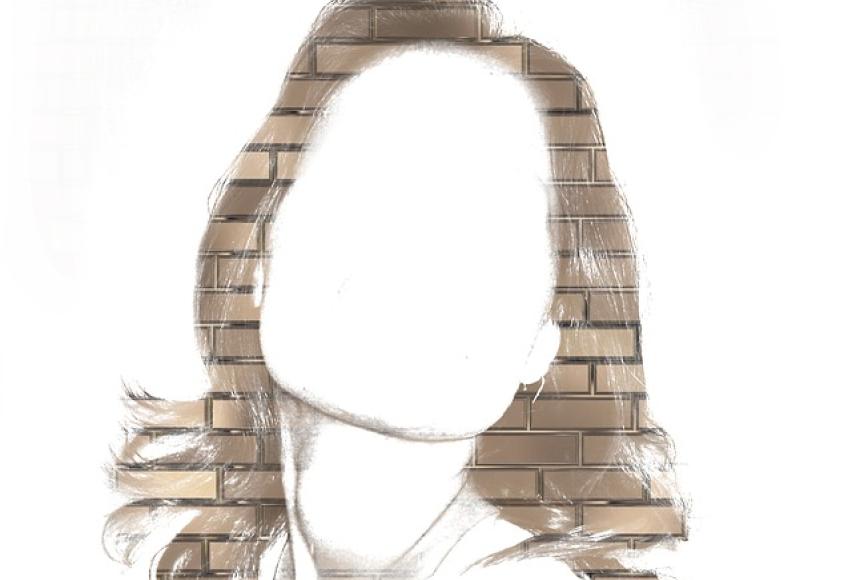Trich and Comorbid Disorders

Online test
Find out the severity of your symptoms with this free online test
What other conditions are most closely related?
In an effort to understand the risk factors for trichotillomania, researchers continue to look for genetic links between trich and other disorders. As a member of the obsessive-compulsive disorder (OCD) diagnostic family, there are many similarities between the disorders. One of the most common reasons for misdiagnosis is that trich looks very much like OCD. This blog article from the archives offers a refresher on the differences.
A recent study conducted at Johns Hopkins University established some links between trich and other disorders by examining the strength of the comorbid relationships. Comorbid conditions are those that occur at the same time. For example, people with anxiety and depression at the same time have comorbid anxiety and depression. People with body-focused repetitive behaviors may have comorbid trichotillomania and excoriation disorder. While previous research shows that trich can be comorbid with other mental health disorders, this study looked at the strength of that relationship. The researchers considered obsessive-compulsive disorders and impulse control disorders with a sample of over 2,600 people from families with a history of OCD.
This study found the conditions most strongly connected to trich were kleptomania, pyromania, OCD, skin picking disorder, bulimia nervosa, and compulsive nail biting. These results suggested to the researchers that TTM it may be more closely related to impulse control disorders.
Why does this matter?
The conceptualization of a disorder informs its treatment. In other words, if a client presents with a hair-pulling disorder, it matters whether the behavior is a compulsion or an impulse. Compulsions are mostly cognitive and people are often aware of the urges that accompany compulsions. Impulses, on the other hand, may or may not be cognitive. An impulse to pull may happen outside of a person’s awareness, an indicator of automatic pulling behaviors. Each of those behavior patterns requires a different treatment approach.
Things to keep in mind
The people in this study came from families with a history of OCD, meaning that OCD tends to run in the family. Research supports the connection between trich and OCD because many people have both. An important point about this research is that they did not distinguish between the types of trich behaviors. Everyone experiences trich differently, with some pulling with intention, others not; some people pull without realizing it happens, others not. For someone with trich this study brings up questions about your type of trich. Is yours more compulsion, impulse or a bit of both? During your treatment and recovery, how are these different aspects of your pulling behaviors addressed? Do you have different skills for each type or does one set of coping skill work for all of your pulling behaviors?
For providers, hopefully, this study inspires further questions for clients who pull to determine the patterns of pulling behaviors and the precursors to it. Perhaps understanding the relationships between comorbid disorders opens up more treatment ideas and options that can be tailored to each client.
Finally, this study generates more questions. Research never really stops because each study suggests answers, but those answers need verification and those answers generate more questions. Hopefully, by improving our understanding of the relationships between comorbid disorders among people who pull hair, we can develop more ways to help manage those behaviors.
Online test
Find out the severity of your symptoms with this free online test
Start your journey with TrichStop
Take control of your life and find freedom from hair pulling through professional therapy and evidence-based behavioral techniques.
Start Now



